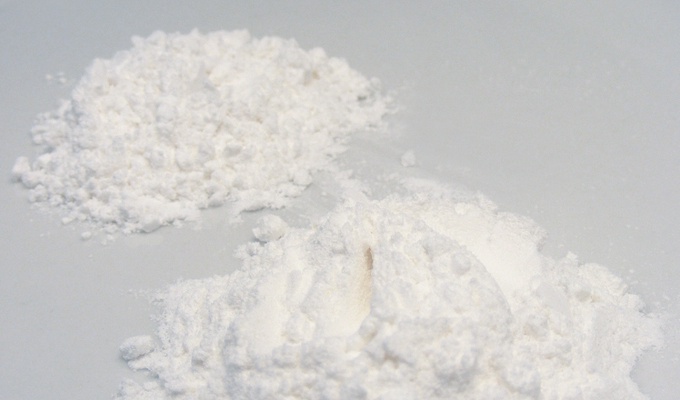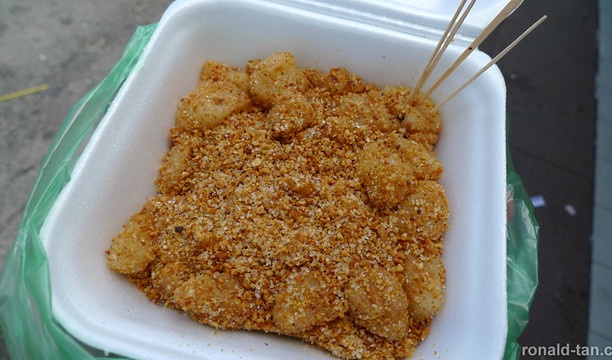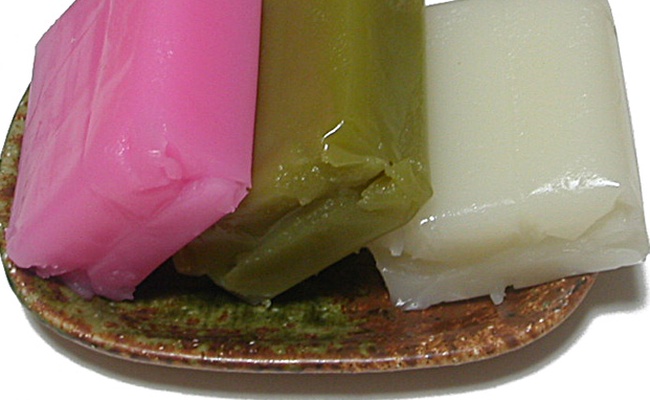Glutinous rice flour is a finely milled powder produced from glutinous rice (Oryza sativa var. glutinosa), a type of rice notable for its opaque grains and high amylopectin content. Despite its name, glutinous rice flour contains no gluten. The term "glutinous" refers to the sticky and cohesive texture the flour develops upon cooking. It is widely used in East and Southeast Asian culinary traditions, as well as in select regions of South Asia and parts of West Africa.
Glutinous rice is primarily cultivated in East and Southeast Asia, with significant production in Thailand, Laos, Vietnam, Myanmar, China, and Japan. The rice is typically grown in paddy fields under conditions similar to those used for other short- and medium-grain rice varieties, although certain highland varieties—particularly in Laos and northern Thailand—are cultivated in rain-fed upland systems. The rice is harvested once the grains have matured and dried, then husked and polished before milling into flour. The flour can be made from either raw or pre-cooked (parboiled) rice, the former yielding a product better suited to chewy textures and the latter to tender ones.
Applications
Glutinous rice flour is employed in a wide array of traditional dishes, particularly those involving steamed, boiled, or pan-cooked doughs.
In Chinese cuisine, it is the principal ingredient in tangyuan (glutinous rice balls served in syrup), mochi-like nuomici, and various dim sum items.
In Japanese cuisine, it is used to make mochi and related confections, though mochiko (made from sweet rice) is technically distinct from shiratamako, which is also derived from glutinous rice but washed and milled differently.
Korean cuisine incorporates it in rice cakes such as chapssaltteok, and as a thickener in sauces and soups.
In Thai and Lao cuisines, it is used in desserts such as khanom tom, khao tom mad, and other sticky rice-based sweets.
Outside Asia, Sri Lankan cuisine uses glutinous rice flour in sweets like konda kavum, and in West Africa, particularly among the Hausa of northern Nigeria, it appears in fermented dough preparations such as tuwo shinkafa, when made from sticky rice.
Food chemistry
Glutinous rice flour is characterized by a near-total absence of amylose and a high concentration of amylopectin, a highly branched starch molecule. This chemical composition is responsible for the flour’s distinct gelatinization behavior. Upon heating with water, the starch granules absorb moisture and swell extensively, creating a smooth, elastic, and cohesive paste. Unlike wheat flour, glutinous rice flour does not form a protein network and has no leavening capacity. Its gelatinized texture remains soft upon cooling, although it is prone to staling and syneresis (water separation) over time.
Due to its elastic properties, glutinous rice flour is not suitable for conventional breadmaking but is highly effective in forming pliable, shape-retaining doughs, making it valuable for dumplings and confections. It is often used in combination with other starches or flours to modify textural outcomes.



